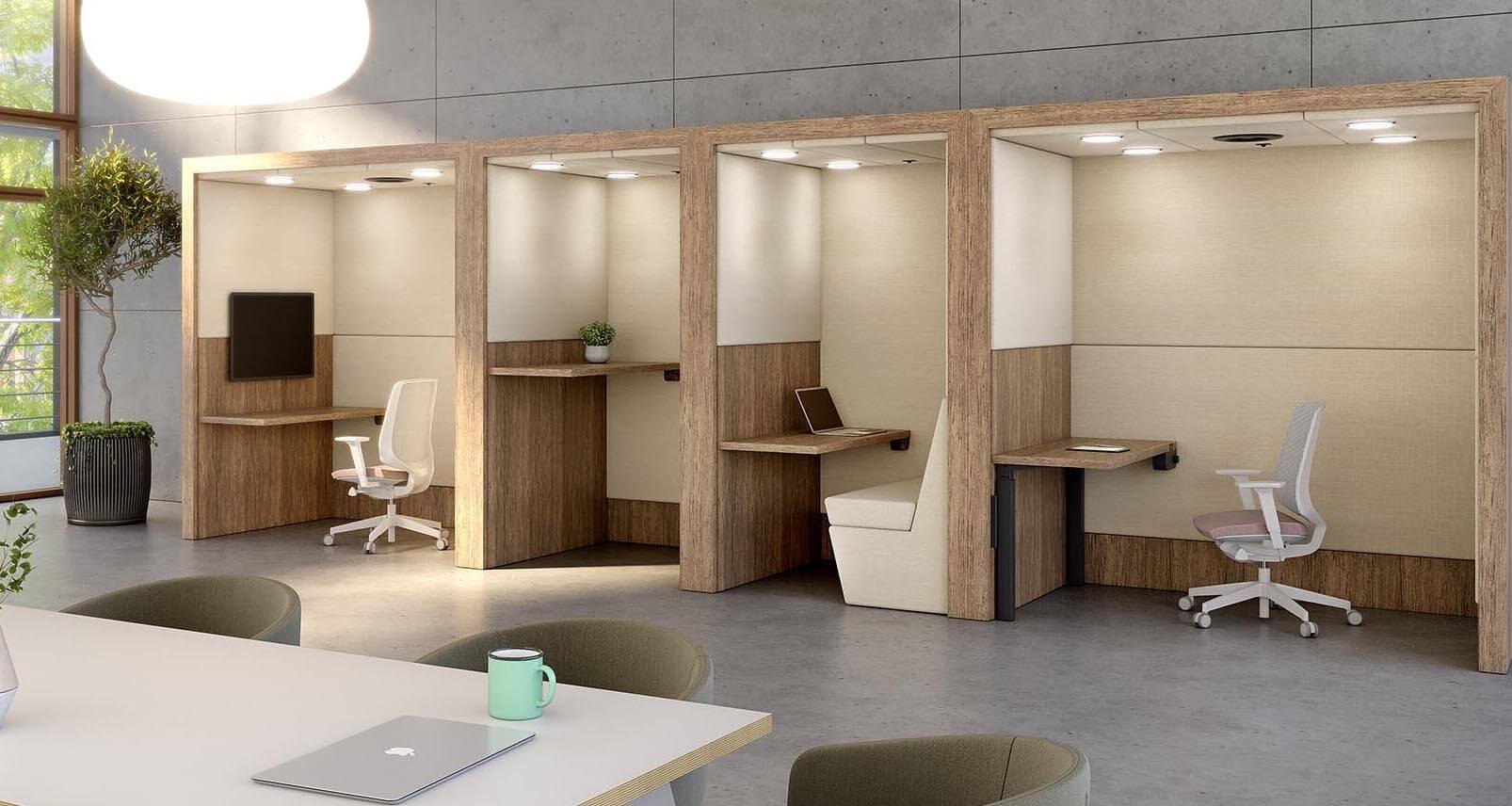The past 18 months have been a period of monumental evolution, adapting to curveballs and the unknown. Many, many positive things can be taken from the lessons we’ve learned but what’s also emerging now is a number of not-so-desirable symptoms of working life as we now know it.
One of these traits is what has come to be known as ‘video call fatigue‘, which is closely linked to other issues around video meeting multitasking. A two-headed monster attacking concentration levels and depleting productivity.
Before we take a look at what can be done to slay this multifaceted beast, let’s first unpack what they really mean, and the consequences they carry for the teams of today and tomorrow.

What is video call fatigue and what does it mean?
Video fatigue is pretty much what it says on the tin – a feeling of physical and mental exhaustion after repeatedly engaging in something time and time again. In this case: experiencing feelings of exertion or frustration after months and months of video conference calls and video-based meetings.
In other words: whilst video meetings certainly have their place in ‘the new normal’, there needs to be a balance of alternatives (in-person collaboration, individual focus work), or people will very quickly switch off.
The novelty attached to Zoom and Teams meetings has definitely worn thin. Now, it’s about using video calls as ONE tool in an entire toolkit of choice and control for autonomous and dynamic employees.
Video fatigue causes people to feel:
- Unheard
- Uninspired
- Bored
- Frustrated
- Disengaged and disinterested
- Demotivated
- Unproductive

All of the things we work so hard to design out of workspaces by transforming them into inspiring and engaging environments where people are filled with ideas, and passion for sharing them with their teammates.
Now, video fatigue as an isolated issue is a sizeable enough problem as it is but what it also inevitably leads to is what we’re dubbing ‘distracted multitasking’.
What does distracted multitasking mean?
This is where a person is present on a video call or video meeting in terms of showing up on the attendee list but in terms of idea-sharing and participation, they’re very much absent.
This might be daydreaming into the distance, continuing to work in the background with their mic muted and camera off, or constantly having their attention drawn away by other things popping up on their screen like emails and social media notifications.
Distracted multitasking is also rife amongst those who work from home as they tend to children, deal with pets, load the washing machine, having a chin-wag with the postman, etc – all while a virtual collaboration session is going on in the background on their laptop on the kitchen table.

What causes video call fatigue and distracted multitasking?
There are a number of reasons why video fatigue and distracted multitasking can set in, including:
- People preferring to work in more analogue, in-person environments (rather than virtual/digital).
- A lack of eye contact, leading to disconnectedness and not feeling truly listened to.
- Presence disparity due to physical and communicative distance (e.g. when other call attendees have their microphones muted and cameras turned off so it doesn’t really feel like they’re there).
- Technical difficulties such as video latency, audio lagging, and poor internet connection.
- The environment an attendee is in – and joining the meeting from – just isn’t conducive to cognitive focus or productivity (e.g. from their bedroom at home).
- Anxiety and hyper-awareness that they’re being ‘looked at’ through the screen – something which is less prevalent in-person as meeting attendees tend to look around the room instead or avert their gaze in some way.
- In-person meeting attendees talking to and interacting with other people within the physical space, subconsciously neglecting those tuning in via screen.

(All great reasons why it’s perfectly okay to want your staff back in the office when you seem to be surrounded by businesses going fully remote and ditching the shared workspace entirely!)
At the beginning of the pandemic, when businesses and workforces were forced to pivot rapidly, video conferencing technology was a lifesaver. It enabled teams to continue collaborating, communicating and connecting, despite working remotely and becoming very suddenly geographically dispersed.
Moving forward, post-pandemic and beyond, video meetings will continue to have significant benefits for the evolving workplace, expanding talent pools and fostering more flexible ways of working and more fluid company cultures.
Again, though, this is a double-edged sword: with those benefits comes the increased risk of things like video call fatigue and dips in focus and concentration due to digital distractions and multitasking.

The solution?
Put measures in place to harness engagement and help video meetings fulfill their undeniably positive potential.
How to combat video meeting fatigue and boost employee engagement
So, what exactly are those preventative measures?
Here are some suggestions from our experts on how you can tailor your workspace and company culture to limit distraction and fatigue, and bring the buzz back to your video-based sessions.
Mix digital and analogue collaboration – Humans all learn, create and absorb information in different ways; some people enjoy digital work, whilst others prefer more hands-on, in-person, screen-free sessions.
Video meetings obviously don’t cater for the latter so it’s important when cultivating an inclusive workplace, to facilitate all personality types. Those who do prefer analogue work will rapidly fade into the background if video sessions are the main priority.
Make sure your workspace includes well-designed breakout and collaboration spaces so that people who work best sans screen can flourish too.

Consider creating a ‘Zoom room’ – Video calls are here to stay, we all know that. With more remote job roles than ever before, working from home becoming more commonplace, and teams being geographically dispersed, video conferencing tech is an invaluable workplace tool.
To make it work to the advantage of your business and its workforce, consider creating a dedicated space purpose-built for taking video-based calls and meetings. We fondly refer to these as ‘Zoom rooms’ and they’re an effective way to keep concentration intact, as well as limiting disturbance to those around.
Keep reading about the concept of Zoom rooms >
Make video meetings more interactive – Rather than treating a video call like a webinar, whereby the meeting organiser presents to everybody else, shake things up and make the session more interactive.
Get everybody participating in the same way you would if it was an in-person collaboration session. If that means creating a meeting agenda to encourage all meeting attendees to interact in some way, put one together and share it around beforehand.
Try these three simple things, you’ll hopefully find that video meetings become a help rather than a hindrance and that video call fatigue and distracted multitasking become a thing of the past.



